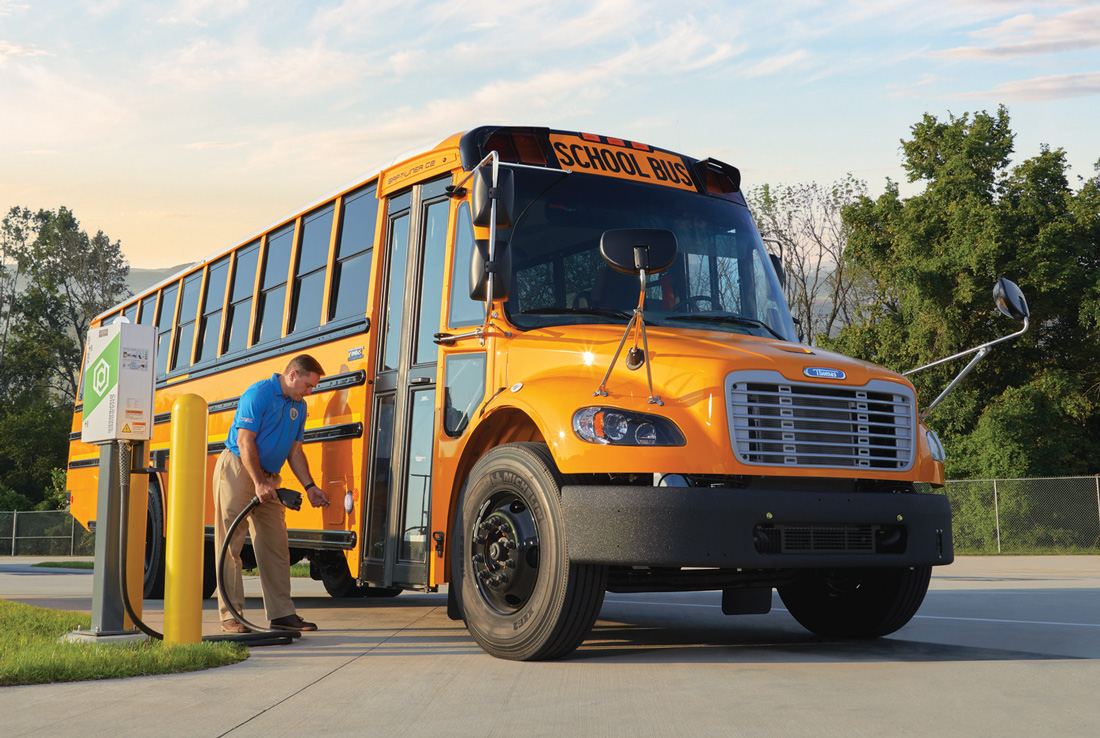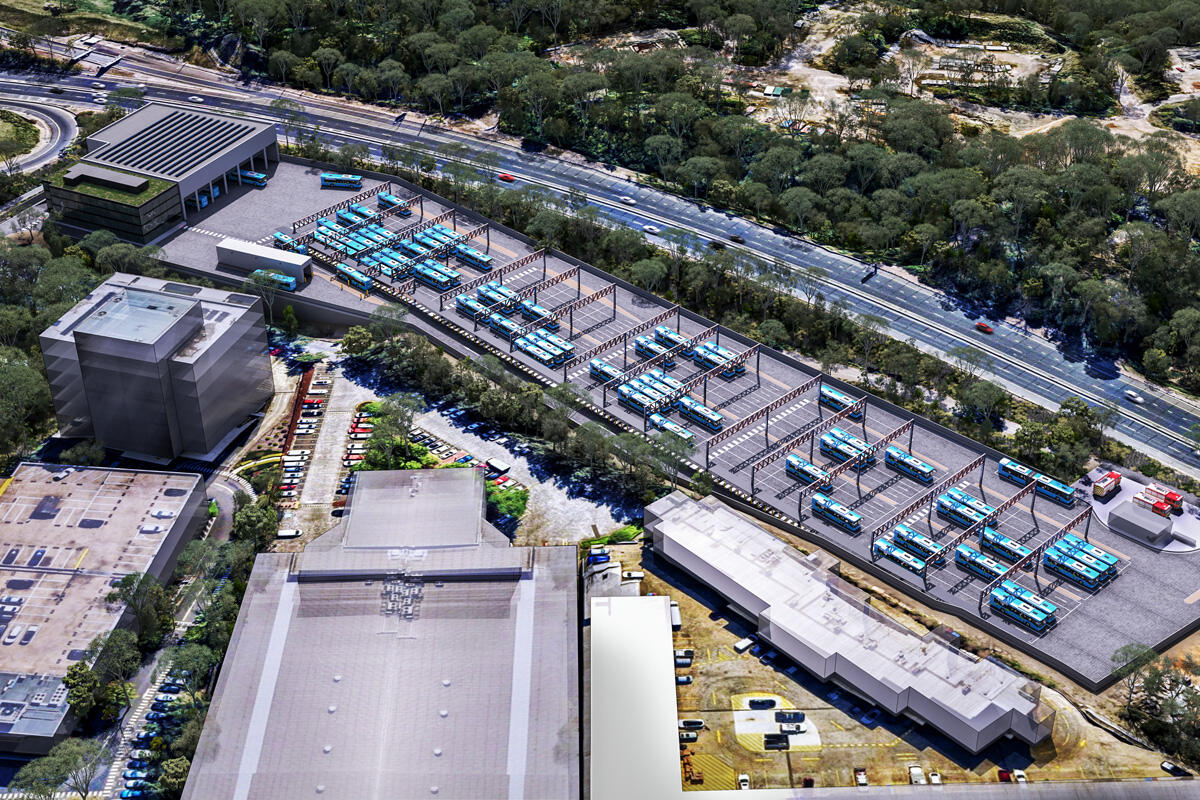The US Environmental Protection Agency (EPA) has announced the award of nearly $900 million to 530 school districts across the country as part of its Clean Bus Rebate Program. This funding will support the purchase of more than 3,400 new school buses, the majority of which will be electric.
This marks the third round of funding through the program, which includes grants and rebates. The EPA has highlighted that 67 percent of the funding went to 45 percent of the selected projects, with a focus on school districts in low-income, rural, and Tribal communities.
Originally, the EPA had planned to allocate $500 million in rebates. However, due to overwhelming interest, particularly from disadvantaged communities, the agency doubled the funding to nearly $1 billion for this round.
The Clean School Bus Program is a part of President Joe Biden’s Bipartisan Infrastructure Law, aimed at supporting the transition of the nation’s school bus fleet. Funding from the program can be used for electric and compressed natural gas (CNG) buses.
The EPA also noted that it has previously awarded almost $2.7 billion to over 1,270 school districts, facilitating the purchase of 8,535 new clean school buses. While the exact breakdown of electric buses is not specified, it is likely that the majority are electric.
In the previous funding round, the EPA awarded almost $1 billion for clean school buses and infrastructure, subsidizing the purchase of around 2,700 buses in 280 school districts, with 95 percent of them being electric. Additionally, New York state received $77 million in federal grants for its school bus fleet renewal, with $61.1 million coming from the EPA’s Clean School Bus Program.
EPA Administrator Michael S. Regan stated, “With today’s latest round of funding, we are transforming the nation’s school bus fleet to better protect our most precious cargo—our kids—saving school districts money, improving air quality, and bolstering American manufacturing all at the same time.” Congressman Bennie G. Thompson added, “This initiative ensures that children have a cleaner, safer, and more efficient means of school transportation and contributes to protecting our environment. By making meaningful progress and offering valuable opportunities for our students, we are paving the way toward stronger student success.”







